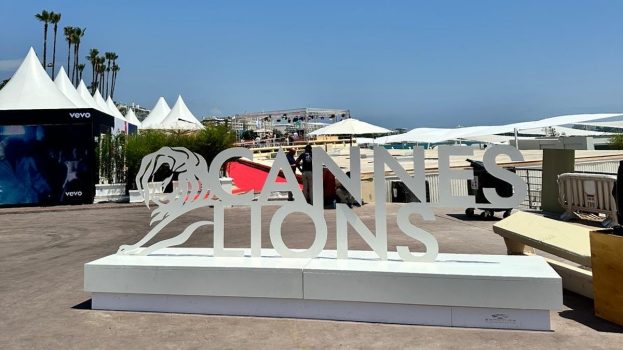Everyone’s heard the old saw that consumers make at least two-thirds of their purchase decisions in-store. But beyond that, little is known about the value and effectiveness of point-of-purchase advertising.
Which may help to explain why a proposal to measure in-store advertising by the Washington, D.C.-based Point-of-Purchase Advertising International (POPAI) received a warm reception from advertisers, agencies and suppliers alike at a breakfast presentation held April 11 in Toronto.
"It would certainly be easier for us to sell to our clients, because a lot of them are looking for actual data [as opposed to anecdotal evidence]," says Aileen Grant, vice-president, group media director at Toronto-based OMD Canada. "It would be great to [be able to] back up what we’ve been saying."
Measurement will help lend credence to what P-O-P suppliers have been telling their clients for years, says Scott Weston, director of marketing at News Canada Marketing, a point-of-purchase supplier based in Mississauga, Ont.
"It means there will be additional awareness of the value of in-store," he says.
POPAI, in concert with the Advertising Research Foundation, is planning a multi-year, multi-channel study that will measure in-store advertising execution, audience delivery and effectiveness across a range of brands, categories and types of store.
As well, the study will allow clients and advertisers to compare the effectiveness of P-O-P advertising – which includes signage, floor graphics, instant-off coupons, shelf danglers and the like – with that of other mass media, such as television, radio and out-of-home.
The study is a follow-up to a pilot done last year that revealed several preliminary findings, including the fact that placement of in-store advertising varies widely by retail chain – as few as one-third and as many as three-quarters of stores within the retail chains studied displayed P-O-P advertising.
"Everybody understands the value of P-O-P advertising," said researcher Paula Payton in an interview following her presentation. "We want to furnish [media buyers] with a number so they can make the best media decisions possible."



























